I’m a lousy war photographer, I’ve always said that. Too much empathy. When I am standing in front of a family that has lost everything, lying in ruin, house bombed, children killed, I have to make a huge effort to distance myself, raise the camera, and take the photo.
It’s been 20 years since I found myself an accidental war photographer at the beginning of the Iraq War in Baghdad. As I look back at these photos, I think not of the ones I took, but the ones I couldn’t, the many times I looked down at something that absolutely broke me. Each time, tears in my eyes, my arm got too heavy to lift.
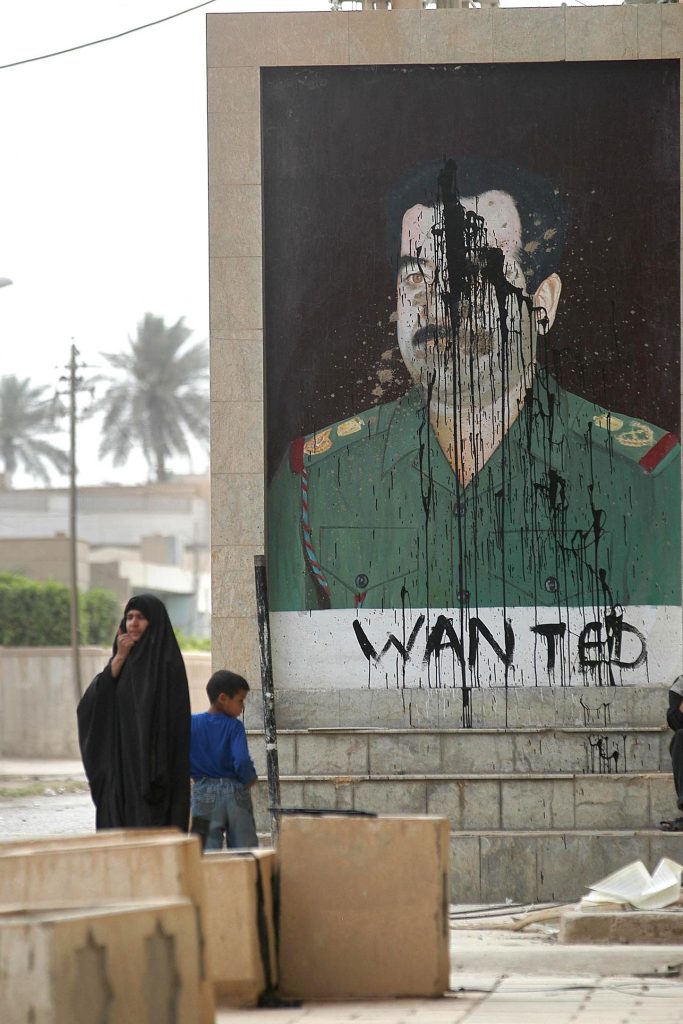
It’s rarely the biggest waves that knock you down. One day I walked past a huge pile of bodies and found it easy to shut myself off to it, but then little moments that followed destroyed me completely. Later, a man thanked me for the pocket change I had given him the day before, because he was able to buy eggs for the first time in a year. When I left him later, I couldn’t stop crying.
I ended up doing this almost by chance. I got an assignment a month before the war broke out to document the historical sites of Iraq—Babylon, Ur—and I stayed there for a month, making many close friends of the other photographers stationed there, talking with my friends back home every day, sure that if the rumblings of conflict did turn into something real, I would be gone long before the boots hit the ground.
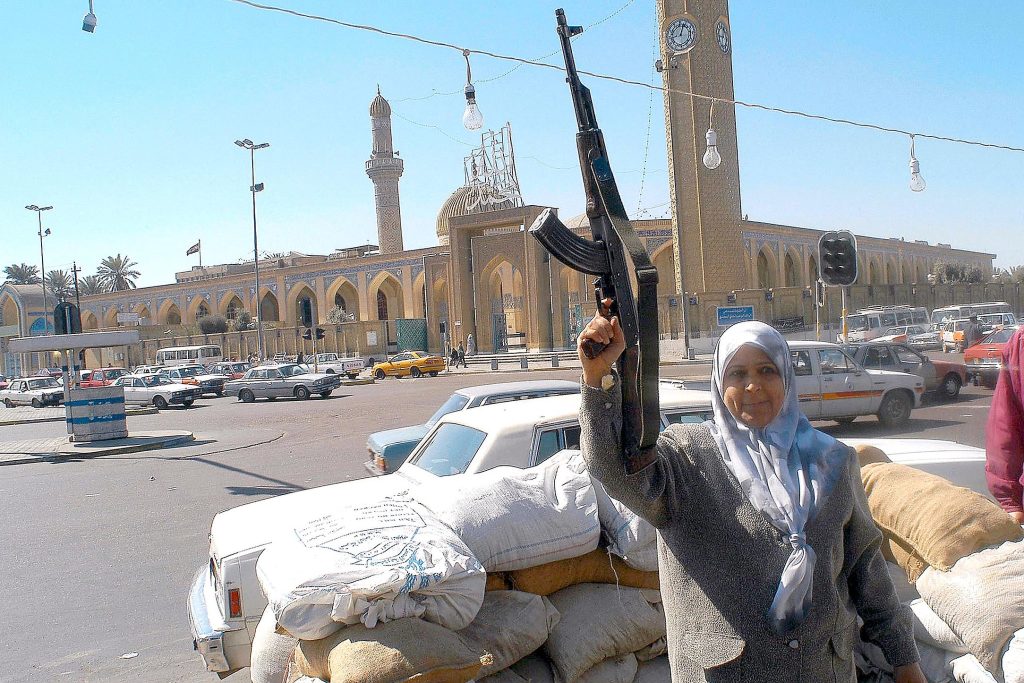
I have a very clear memory of March 20, 2003 the day it all began. It was 5am, and we woke up to alarm sirens blaring at the same time as the mosques called us to prayer. It was an extraordinary sound, and once I realised what it meant, I looked over at Patrick the photographer from the AFP, that I had grown very close to—the one who insisted that I stay even as the drums had begun to beat—and reflexively started to blame it all on him.
I started screaming and swearing, throwing as many bad words as I could think of, and when I ran out of breath, he calmly looked at me and said, “Okay, you’re done? Now take your spot and do your photos. That is what you’re here for.”

As it turns out, all the other photographers were on the other side of the hotel. When I went to the window, camera in hand, I was one of the only ones to capture the first bombs that dropped over Baghdad, and the photos ran the next day in nearly every newspaper and magazine in the world. Even though it was luck, suddenly I felt I could contribute something. Maybe something positive could come of all this. There are moments when I really believed that.
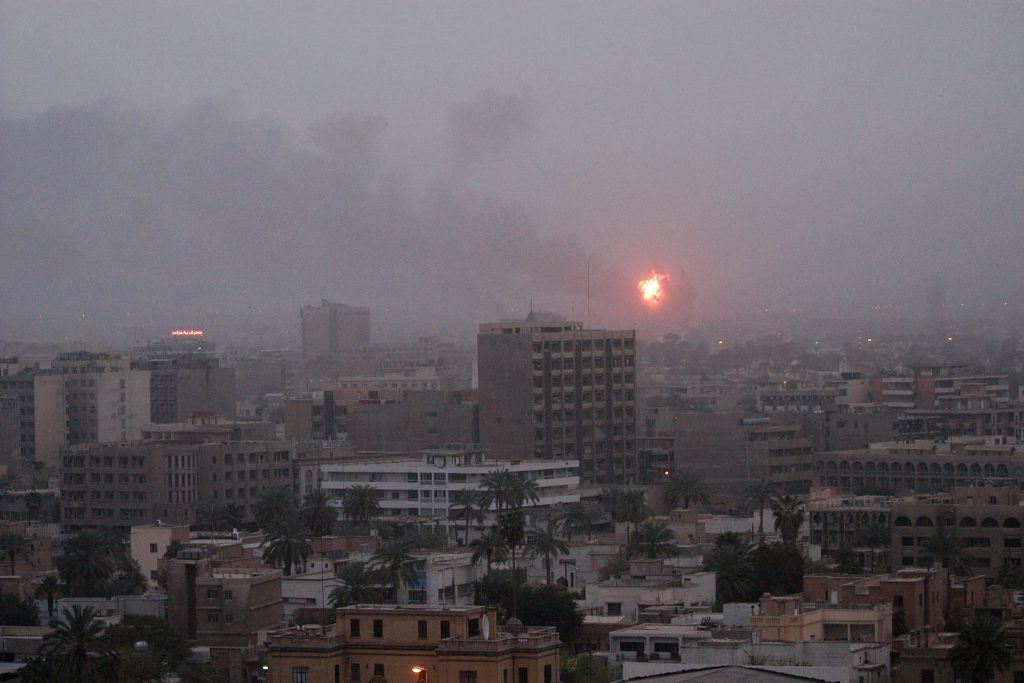
At the end of April 2003, my colleague took a photo of a little girl, maybe four years old, sitting in a hospital, covered in blood. It ran in a German magazine, and the outpouring was huge. People started sending in letters, emails, even money in envelopes, all desperate to help this girl get a better life.
The magazine called me, asking me if I could find her. They wanted to get her to Germany to find a better life. Suddenly I stopped being a photographer and I became a detective like I used to watch on TV, going from door to door, holding out a photo, asking if they’d seen this girl. I went to the hospital, and couldn’t get her name, but I did get the name of her village. I went there and found her house, but she was nowhere to be seen.
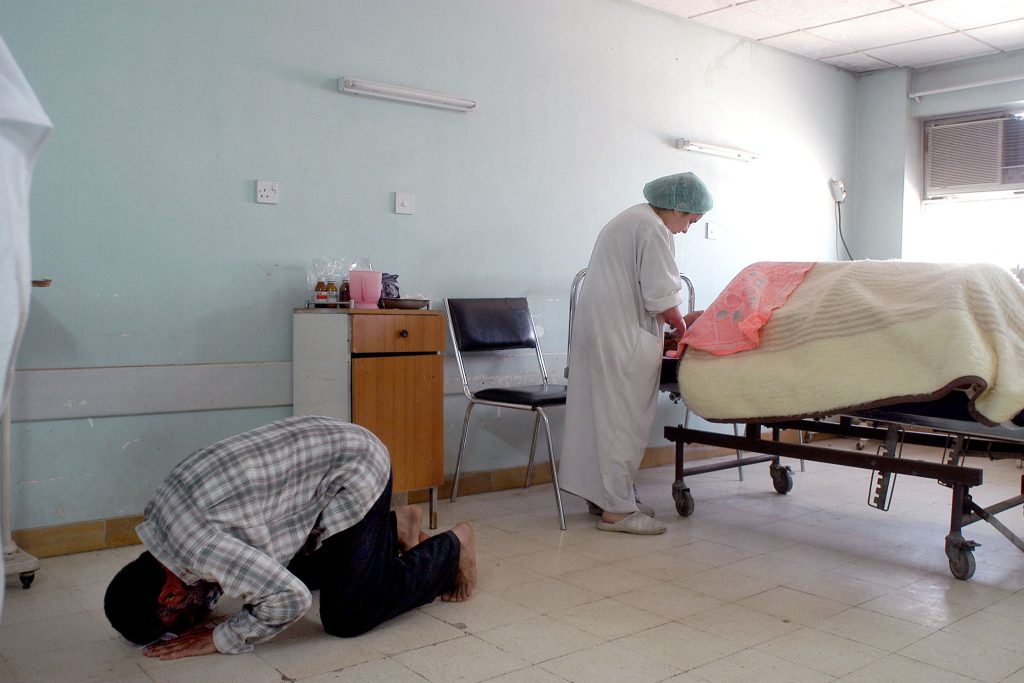
The magazine started getting desperate, running article after article about the search on their website, putting together theories from what little I could find. They even asked me to put posters up offering a reward, but there’s no way that would have worked, as thousands of people would offer up their little girls in her stead, hoping to get them to safety.
That was the happiest I ever felt in those months I spent in Iraq. For those brief moments, I imagined that maybe I could change one life, and that it all would be worth it. It was concrete, it was real—if only I could find her. But I never could. I never did.
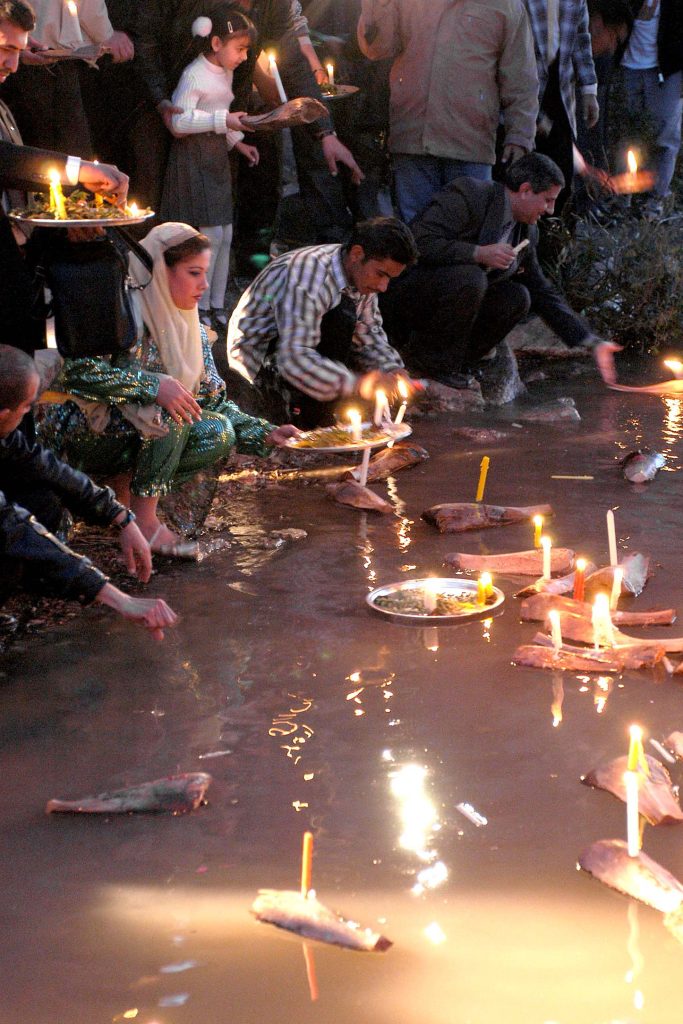
It wasn’t just the darkness of war I uncovered, either, it was the darkness already there. I was one of the photographers to go into Saddam’s palaces after the Americans raided them. Inside were some extraordinary things—a collection of golden guns, treasures worthy of Alibaba’s cave—but some things that still make me feel sick. In the room of Saddam’s son, we found a desk with photos of hundreds of young girls, probably taken from universities in the area—offered to him as a catalogue, for him to choose the ones he will take against their will. I wish I could forget that room.
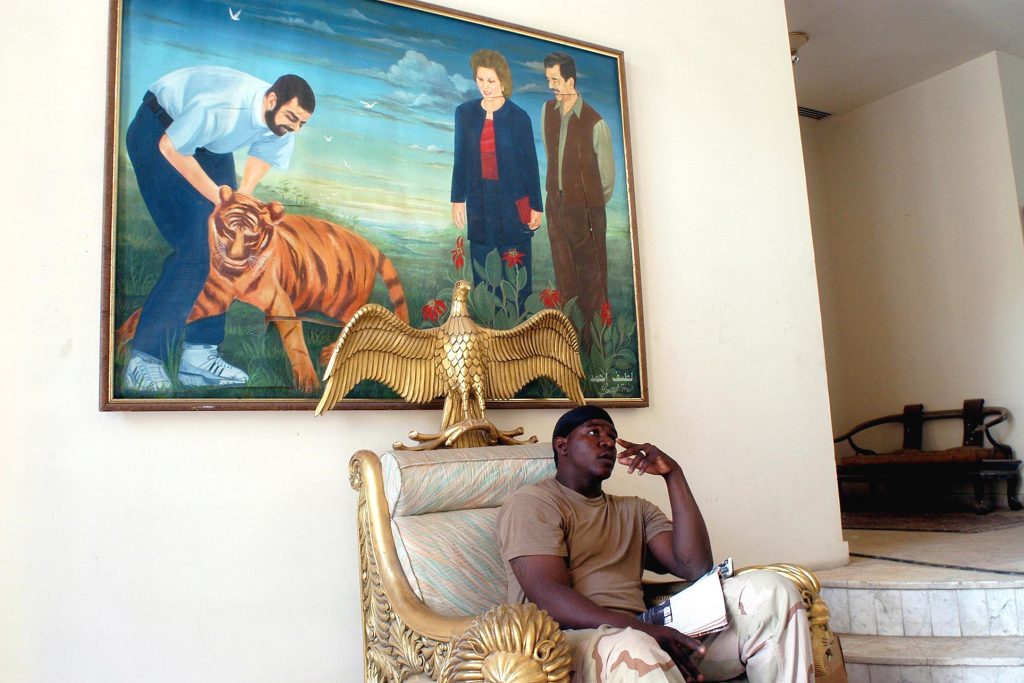
I’ll never forget any of this, as much as I might want to. Those waves, the big ones and the small, keep coming—an image of mourning, or a picture of false hope. Sometimes it’s just the guilt that comes from taking the photo at all, years later, crashing over. Twenty years on, and still it is as present in my mind as ever.
More from Abd Rabbo’s Iraq War 2003 archives
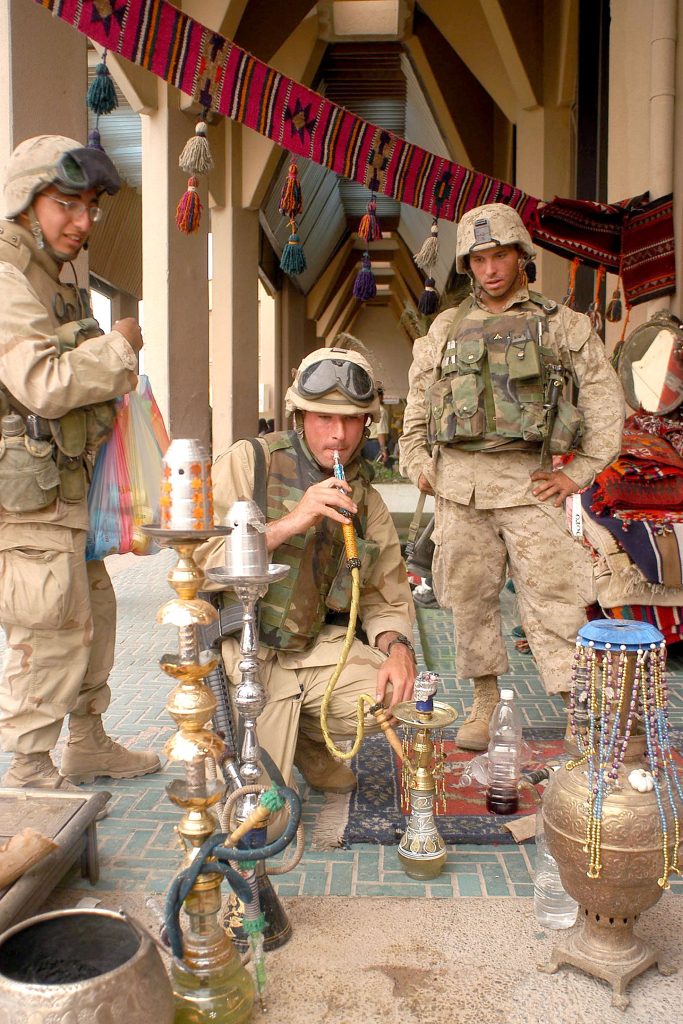
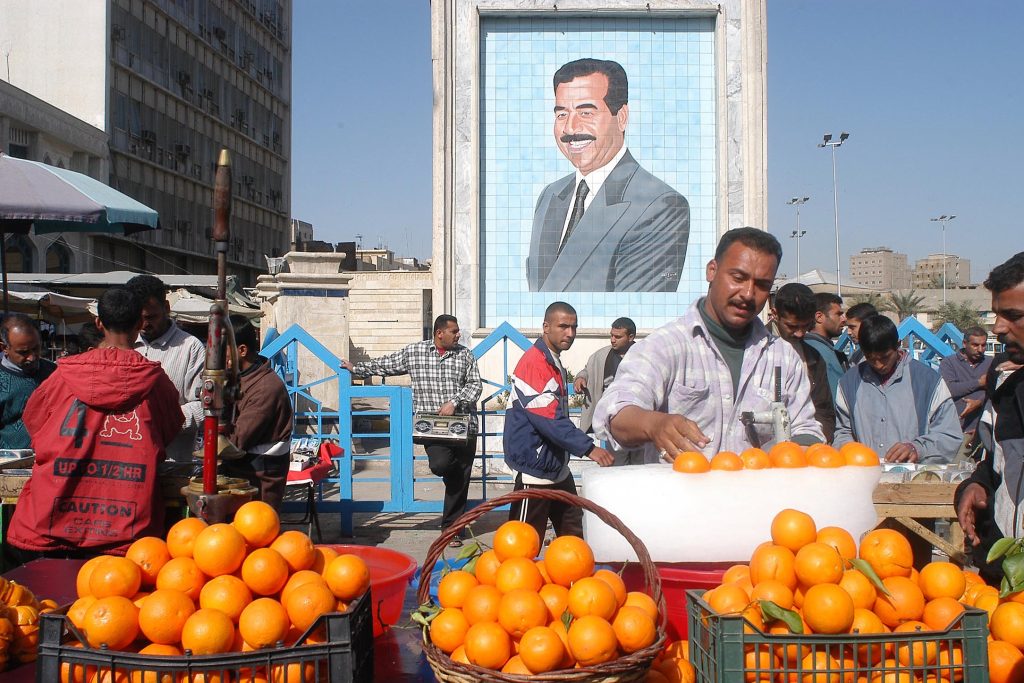


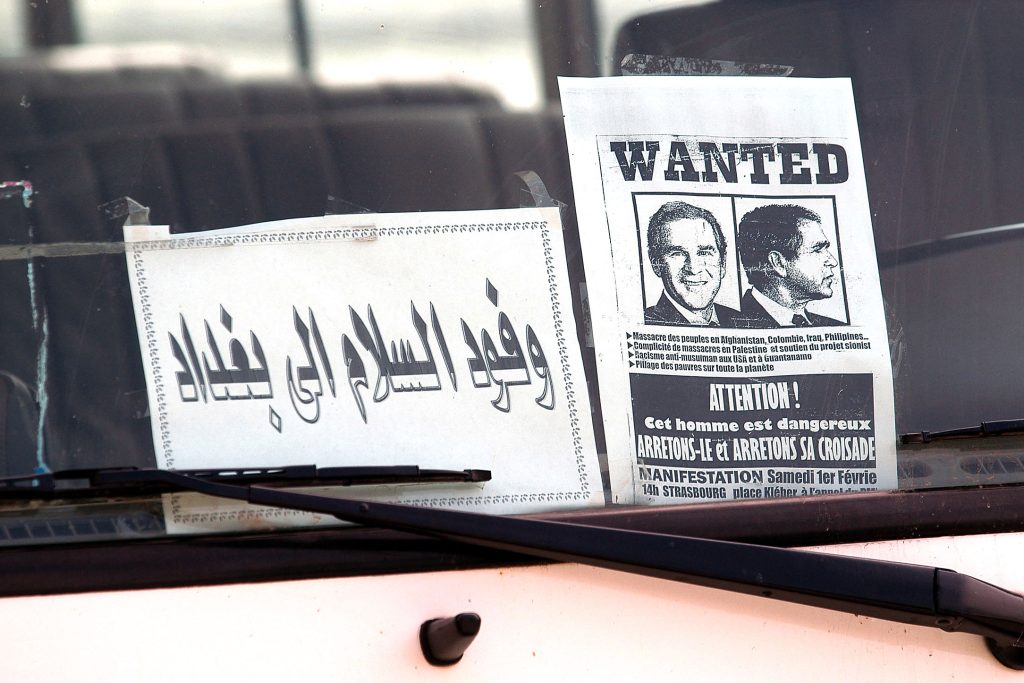
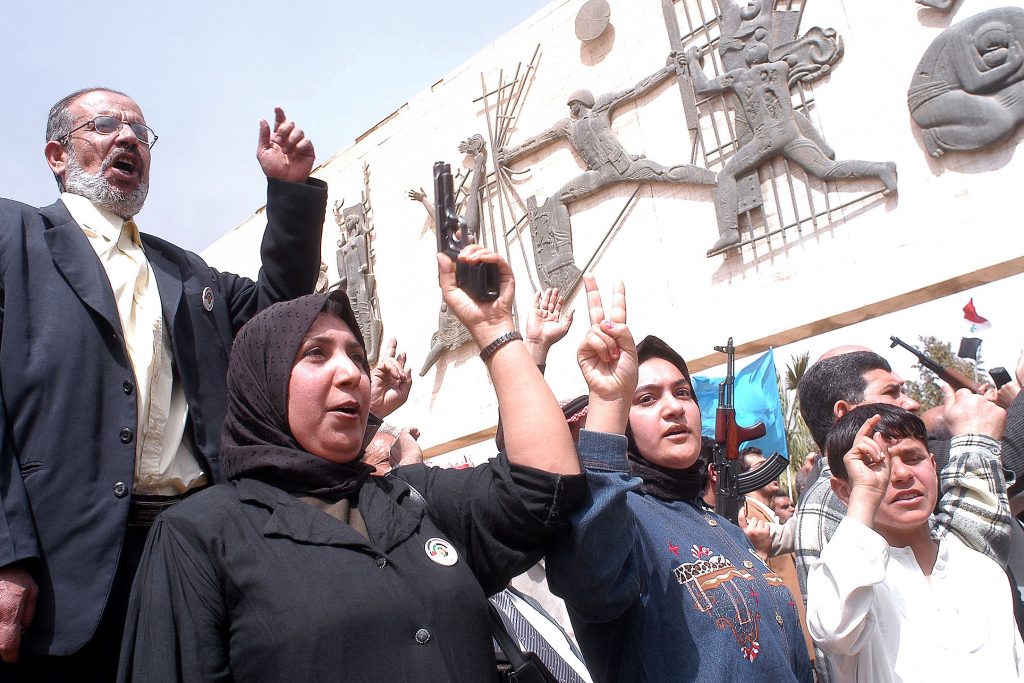
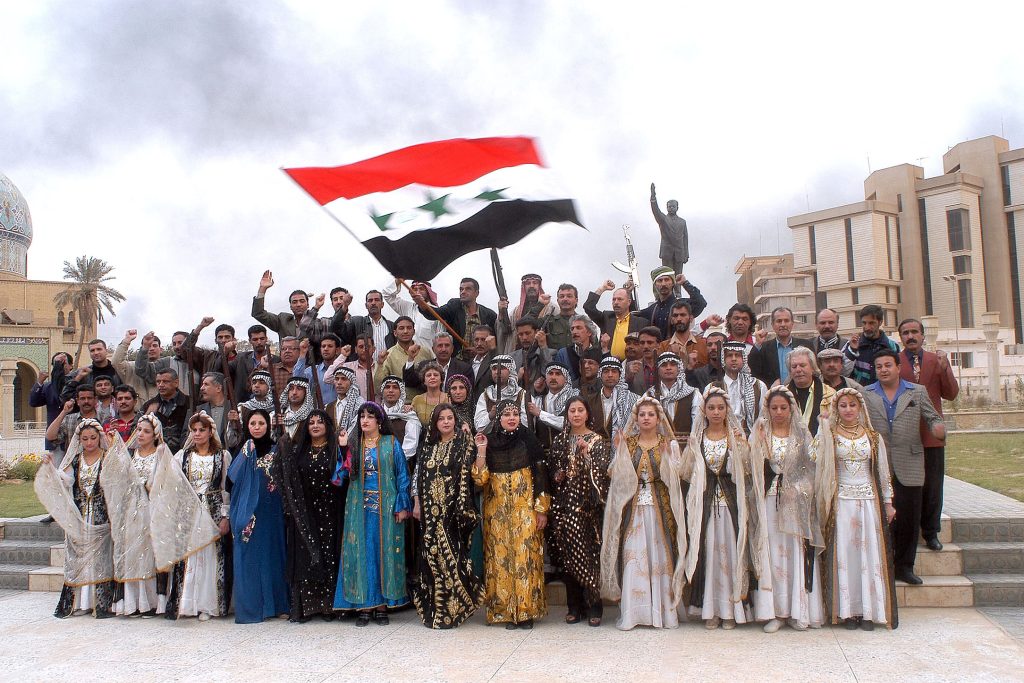
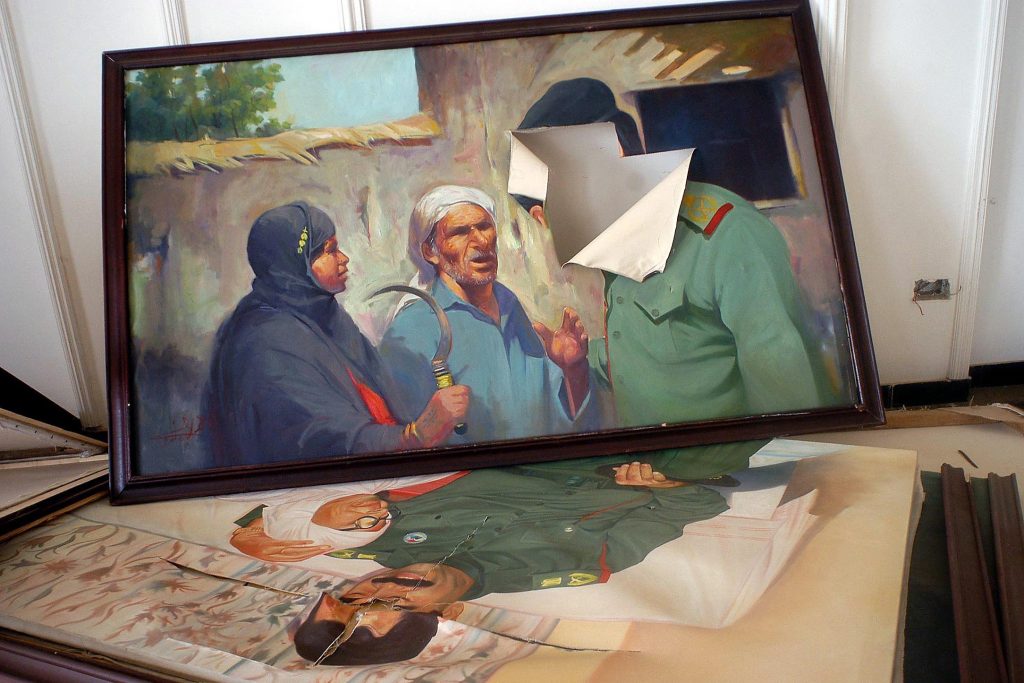
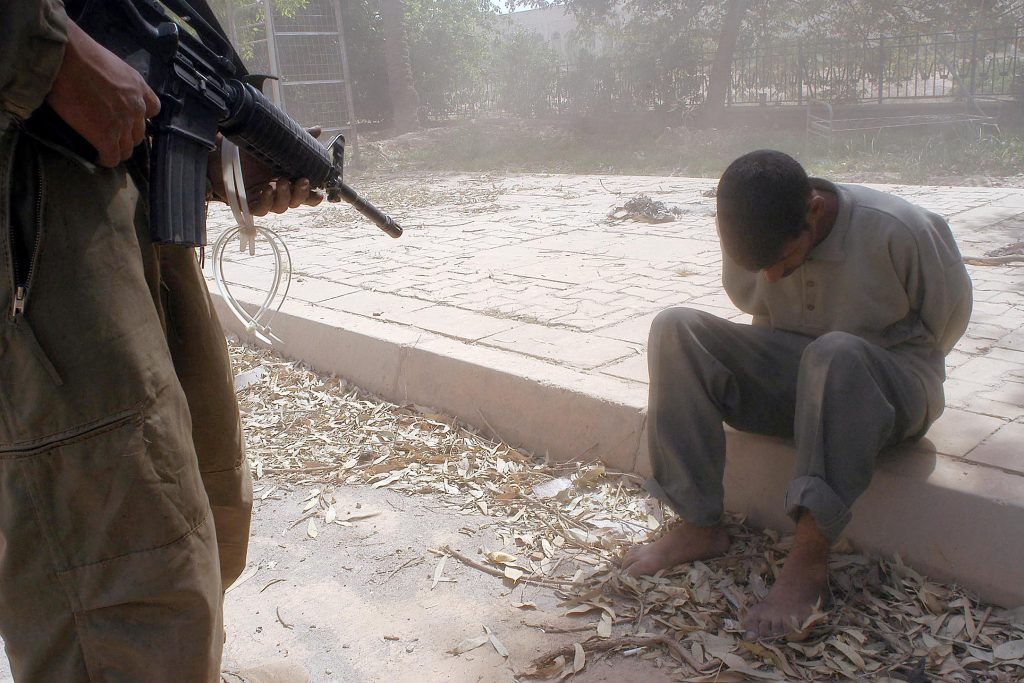
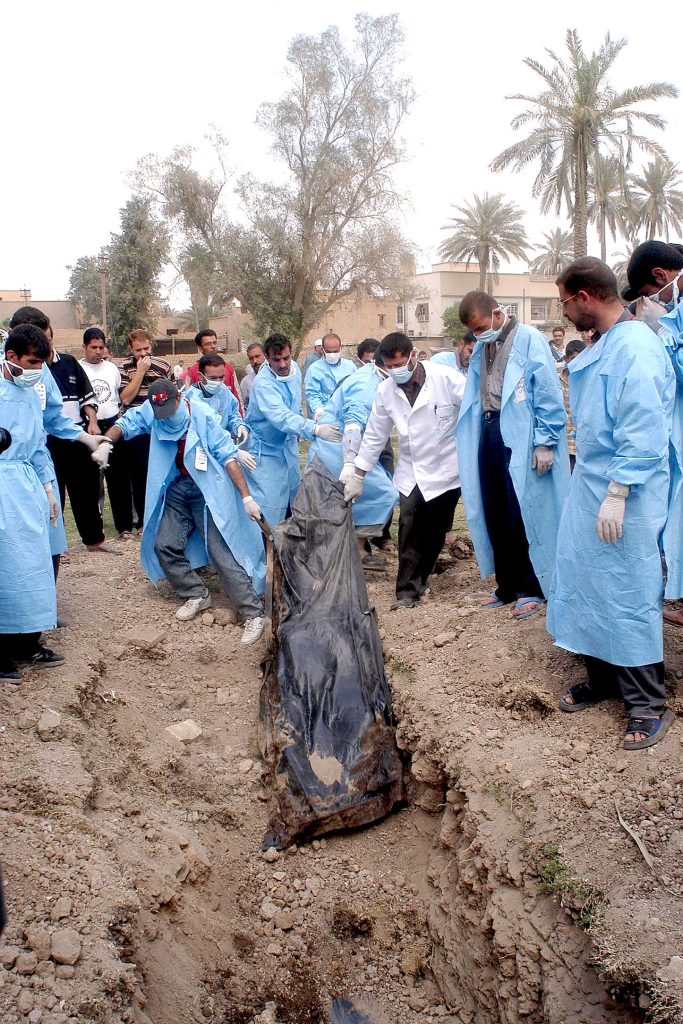
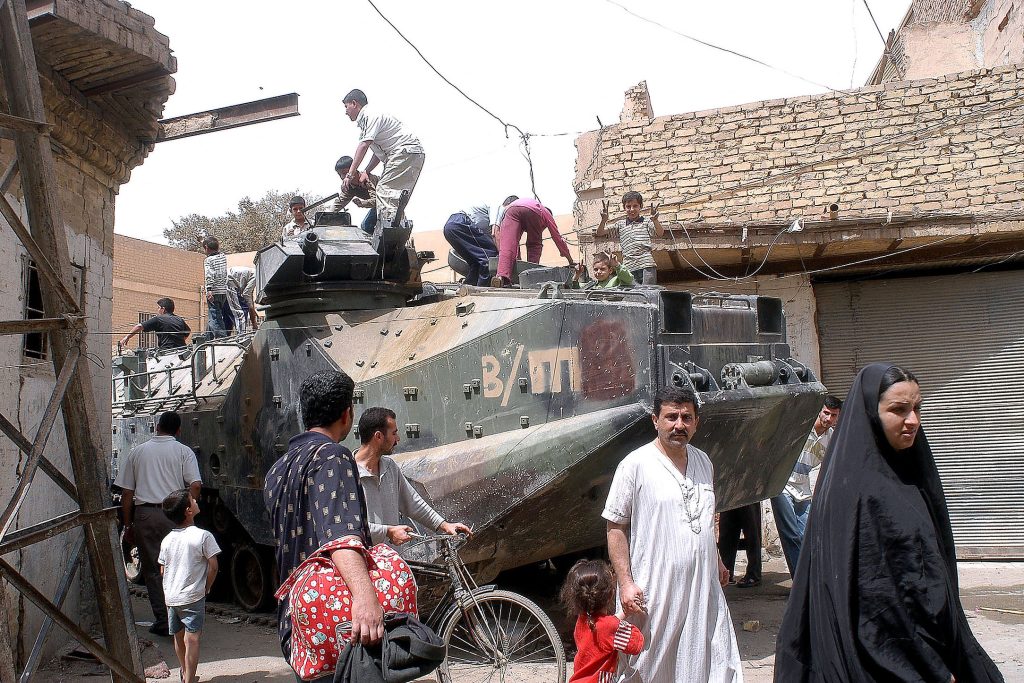
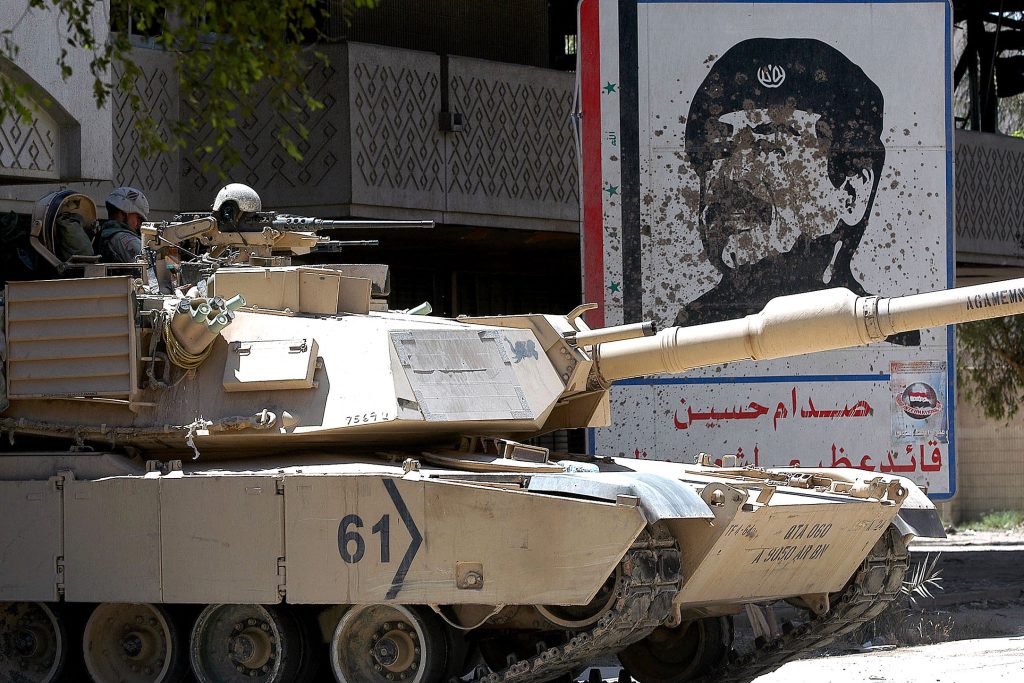
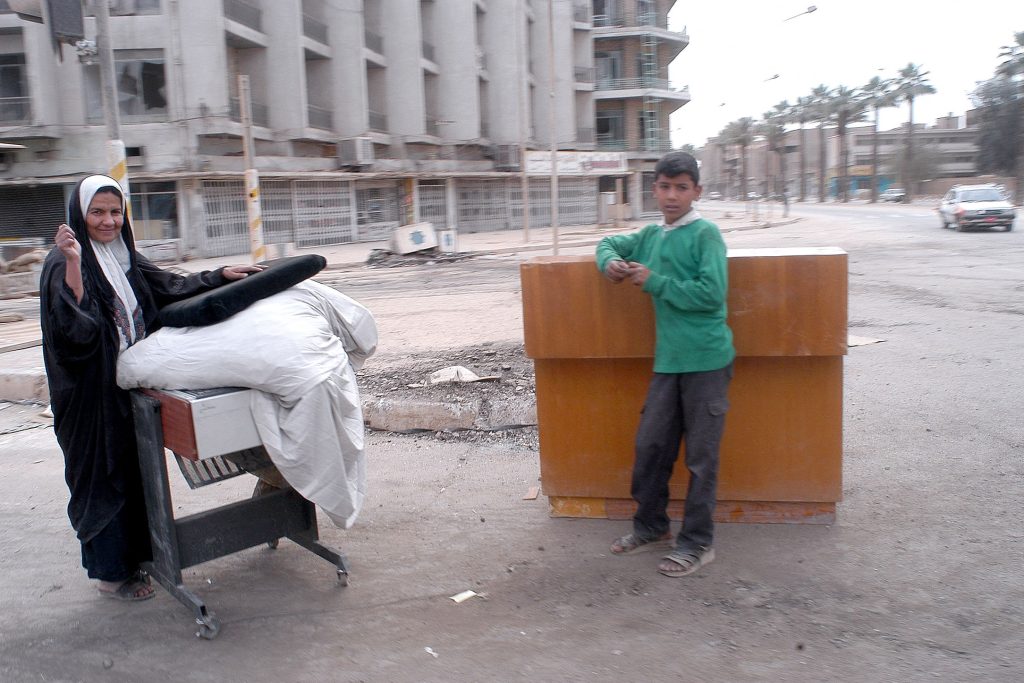
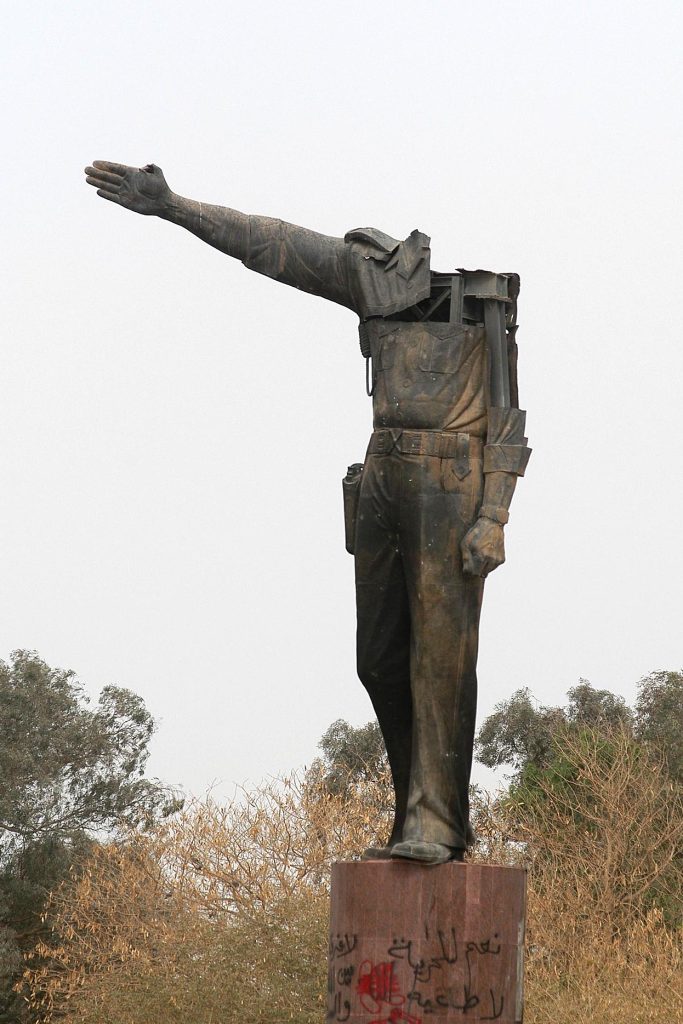

As told to: William Mullally
Copyrighted photos courtesy of Ammar Abd Rabbo
